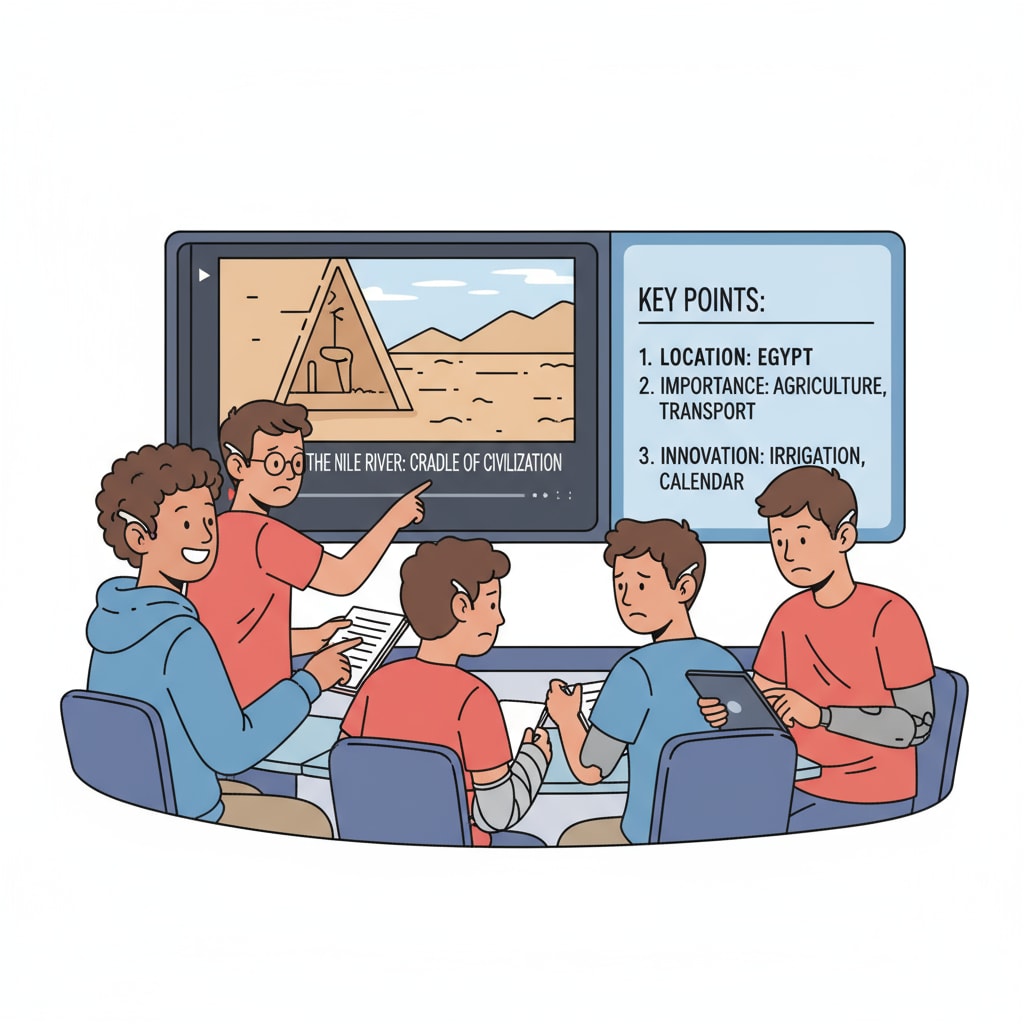In the realm of modern education, the intersection of video teaching, learning equity, and AI assistive tools has become a topic of great significance. AI has emerged as a powerful force in K12 video teaching, presenting both remarkable potential and complex challenges.
The Potential of AI in Video Teaching for Equity
One of the most significant ways AI promotes learning equity in video teaching is through automatic subtitle generation. For students with hearing impairments or those who are learning a new language, subtitles can be a game-changer. According to Edutopia’s research on AI in education, these subtitles ensure that every student can access and understand the content of the video lessons. Additionally, AI can create content summaries. This is especially beneficial for students with learning disabilities or those who struggle to keep up with the pace of the video. By providing a concise overview of the key points, it helps level the playing field, allowing all students to engage more effectively with the material.

The Challenges of AI Assistive Tools
However, the widespread use of AI assistive tools also brings several challenges. One major concern is the potential for students to become overly dependent on these tools. If students rely too much on automatic subtitles or pre-generated summaries, they may not develop essential skills such as listening comprehension or note-taking. Moreover, there are issues related to the accuracy of AI-generated content. Sometimes, the subtitles may contain errors or the summaries may not fully capture the nuances of the video content. As stated in ASCD’s report on AI in education, these inaccuracies can mislead students and hinder their learning.

To address these issues and harness the potential of AI assistive tools while minimizing the challenges, educators can construct a “support ladder.” This involves gradually reducing the level of AI support as students develop their skills. For example, in the initial stages, students can be provided with comprehensive subtitles and summaries. As they progress, the amount of support can be decreased, encouraging them to rely more on their own abilities.
Readability guidance: In this article, we have presented the potential and challenges of AI assistive tools in video teaching for learning equity. By using short paragraphs and lists, we have made the information easier to understand. The external links provide further resources for readers to explore this topic in more depth. We have also carefully controlled the use of passive语态 and long sentences, and added transition words to enhance the flow of the article.


